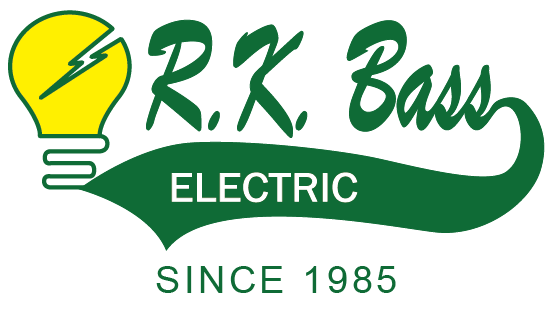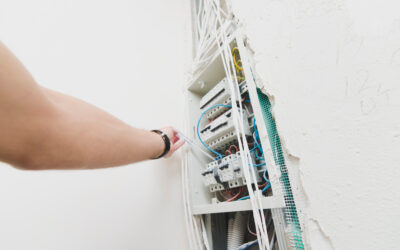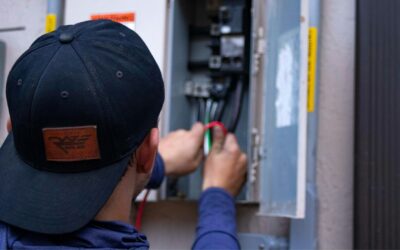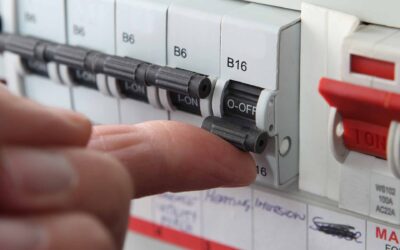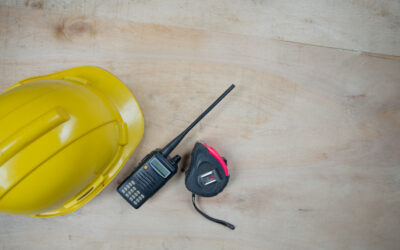How to Save on Your Electricity Bill: Simple Tips
Want to cut down on your electricity bills?
Reducing your electricity bills is easier than you might think. With a few simple changes you can save money and be better for the environment. Sounds interesting?
Read on this blog, as we are going to discuss some key tips and tricks that can help you reduce your energy bills.
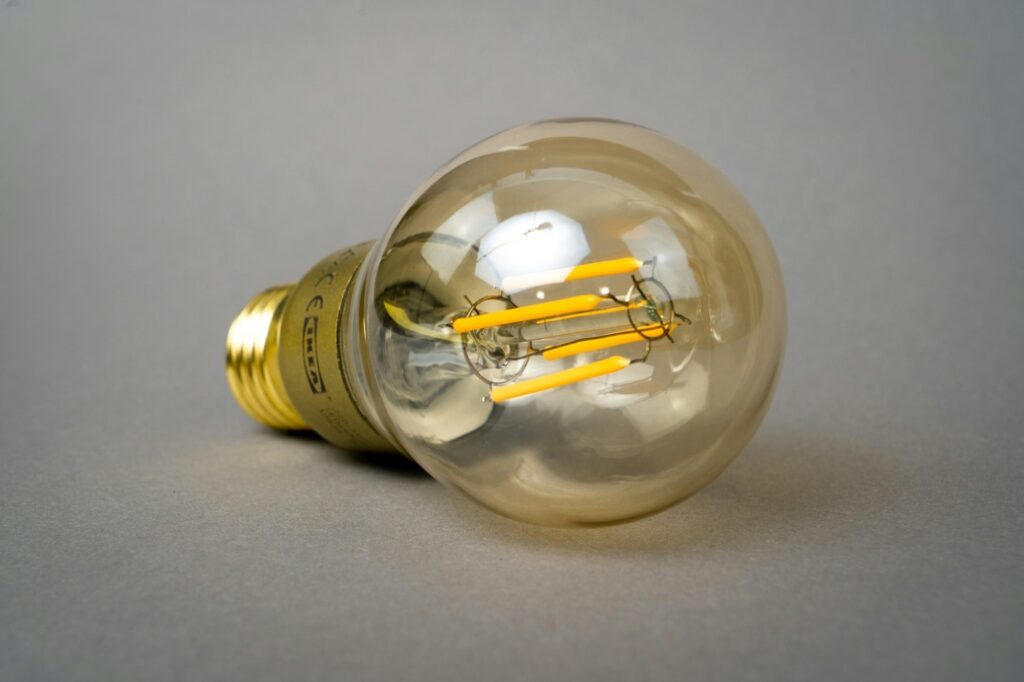
1. Switch to LED Bulbs
Old incandescent bulbs use a lot of energy. Changing them to LED bulbs can lower your electricity bill significantly. LEDs use up to 80% less energy, last longer, and produce less heat, making them a more efficient and safer choice.
Do:
- Replace all your frequently used bulbs with LEDs.
- Choose LEDs with the right brightness and color temperature for each room.
Don’t:
- Forget to recycle old incandescent bulbs properly.
- Use high-wattage bulbs unnecessarily.
2. Use Smart Power Strips
Smart power strips can consequently remove capacity to gadgets that are not being used. They are particularly valuable for home theater setups and PC arrangements where different gadgets are frequently connected. These plug extensions can distinguish when a gadget goes into backup mode and cut off the power supply, wiping out ghost power utilization. Some smart plug extensions even accompany clocks or movement sensors to additionally improve energy utilization.
Do:
- Use smart power strips for entertainment centers and home offices.
- Look for power strips with timers or motion sensors for added convenience.
Don’t:
- Overload a single power strip with too many high-power devices.
- Forget to set up the smart features of the power strip.
3. Adjust Your Thermostat
Warming and cooling can represent a huge part of your electricity bill. Setting your indoor regulator a couple of degrees lower in the colder time of year and higher in the late spring can have a major effect. Programmable thermostat can help via consequently changing the temperature when you’re not home. For example, you can set the indoor controller to cut down the power or raise the cooling when you leave for work and return to a pleasant temperature in a matter of moments before you get back.
Do:
- Set your indoor regulator to 68°F (20°C) in winter and 78°F (25°C) in summer.
- It is better to use smart thermostat for automatic adjustments.
Don’t:
- Adjust the thermostat too drastically, causing your HVAC system to work harder.
- Forget to change the settings when you leave for extended periods.
4. Wash Clothes in Cold Water
Warming water for clothing utilizes a great deal of energy. Most outfits can be washed similarly in cool water. This basic change can reduce your energy use altogether. Cold water cleansers are explicitly figured out to clean well at lower temperatures, and latest washing machines are intended to perform effectively with cold water. Also, washing in cool water can assist with safeguarding the variety and texture of your dresses.
Do:
- Use cold water for the majority of your laundry.
- Select cold water detergents for good cleaning results.
Don’t:
- Overload your washing machine.
- Wash clothes in hot water unnecessarily.
5. Dry Clothes Naturally
Whenever the situation allows, drape your garments to dry as opposed to utilizing a dryer. This recovers energy as well as expanding the existence of your garments. Dryers consume a ton of electricity, and the intensity can cause mileage on textures after some time. By air-drying your clothes, you can get a good deal on your energy bill and keep your pieces of clothing looking new for longer. If outside drying is definitely not a decision, consider using indoor drying racks or lines.
Do:
- Utilize a clothesline or drying rack to air-dry garments.
- Shake out clothes prior to hanging to lessen wrinkles and drying time.
Don’t:
- Use the dryer for small loads or single items.
- Over-dry clothes, which can waste energy and damage fabrics.
6. Seal Leaks in Your Home
Drafts around windows and entryways can make your warming and cooling frameworks work harder. Fixing these holes with weatherstripping or caulk can keep the warm or cool air inside and lessen your energy utilization. You can likewise add protection to your storage room and walls to further develop your home’s general energy productivity. By preventing air spills, you maintain a more reliable indoor temperature, which lessens the responsibility on your air conditioning framework.
Do:
- Take a look at your windows and doors for drafts and seal any leaks.
- Add protection to your loft and walls to further develop energy proficiency.
Don’t:
- Ignore small drafts, as they can add up over time.
- Forget to check less obvious areas like the basement and attic.
7. Install Ceiling Fans
Ceiling fans can assist with flowing air, causing your home to feel cooler in the mid year and hotter in the colder time of year. This can permit you to set your indoor regulator a piece sequentially, regardless of whether it stays agreeable. In the late spring, set the fan to pivot counterclockwise to create a breeze that cools the room. In the colder time of year, change the fan to clockwise pivot at a low speed to flow warm air that ascents to the roof.
Do:
- Use ceiling fans to supplement heating and cooling.
- Adjust the fan direction seasonally for optimal comfort.
Don’t:
- Leave fans running in unoccupied rooms.
- Rely solely on fans for extreme temperature control.
8. Use Natural Light
Use daylight during the day to decrease your requirement for artificial lighting. Open blinds and drapes to give the daylight access and turn off lights when they’re not required. Regular light saves your energy as well as upgrades your temper and productivity. Consider coordinating your furniture to profit by ordinary light, and using light-tinted paint and expressive design to reflect sunlight all through your home.
Do:
- Open blinds and drapes to allow in regular light.
- Arrange furniture to boost the utilization of normal light.
Don’t:
- Leave artificial lights on during the day when natural light is sufficient.
- Block windows with heavy drapes or furniture.
9. Limit Space Heater and Air Conditioner Use
Space heaters and HVAC systems can be large energy users. Attempt to restrict their utilization by dressing fittingly for the climate and involving covers or fans, depending on the situation. Rather than warming or cooling your whole home, use these gadgets to target explicit regions where you invest the most energy. For instance, utilize a space heater in your room around evening time as opposed to warming the entire house.
Do:
- Use space heaters and air conditioners sparingly.
- Dress in layers and use blankets to stay warm without extra heating.
Don’t:
- Leave space heaters or air conditioners running in unoccupied rooms.
- Set temperatures too high or too low, causing excessive energy use.
10. Maintain Your HVAC System
Normal upkeep of your HVAC framework can work on its productivity. Change channels consistently and have the framework examined annually. Filthy channels and inadequately kept-up-with frameworks can make your central air work harder and utilize more energy. Basic tasks like cleaning vents, checking for spills, and guaranteeing appropriate wind stream can improve your framework’s exhibition and lessen energy utilization.
Do:
- Supplant air conditioning channels each 1-3 months.
- Have your air conditioning framework reviewed and kept up with one time per year
Don’t:
- Ignore unusual noises or poor performance from your HVAC system.
- Block vents or obstruct airflow around the system.
11. Cook Smart
Utilizing a microwave or slow cooker rather than the oven can save energy. At the point when you utilize the broiler, try not to open the lid frequently to keep an eye on your food, as this allows heat to get away. Little machines like microwaves and slow cookers are more energy-successful for planning little suppers.
Do:
- Use smaller appliances like microwaves and slow cookers for small meals.
- Keep oven and stove lids on to retain heat and cook more efficiently.
Don’t:
- Open the oven door frequently while cooking.
- Use the oven to reheat small portions of food.
Closing Thought By Bass Electric
By making a few simple changes, you can reduce your electricity bill and contribute to a more sustainable future. Start with these practical tips and see the difference in your next bill!
Read Also
Common Electrical Problems in Older Homes and How to Fix Them
Recent Post
How Often Should I Get My Home’s Wiring Checked? Your Essential Safety Guide
How Often Should I Get My Home’s Wiring Checked? Your Essential Safety GuideDiscovering...
Do You Need a Commercial Electrician for Office Fit-Outs and Renovations?
Do You Need a Commercial Electrician for Office Fit-Outs and Renovations?Renovating or fitting out...
RCD Switch vs. Circuit Breaker: What’s the Difference? (And Why Your Life Might Depend on It)
RCD Switch vs. Circuit Breaker: What’s the Difference? (And Why Your Life Might Depend on...
5 Overlooked Electrical Safety Tips Every Construction Site Should Implement
5 Overlooked Electrical Safety Tips Every Construction Site Should Implement Construction sites...
